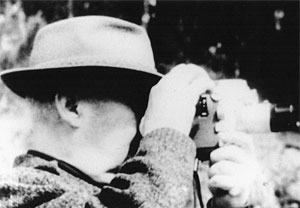 |
||||||
|
HI RES PRESS PHOTOS
ALL PRESS
SF Chronicle Datebook, March, 2024 Local News Matters, March 2024 Local News Matters, November, 2022 The New York Times, March, 2022 San Francisco Chronicle, June 2012 La vida nos estremece October 2011.pdf The Village Voice, October 2010 This Week in New York blog, October 2010 Tribeca Film Institute blog, October 2010 Senses of Cinema, Issue 53, January 2010 San Francisco Chronicle, October 2009 San Francisco Bay Guardian, November 2005 San Francisco Chronicle, November 2005 San Francisco Weekly, November 2005 San Francisco Examiner, October 2005 Scene 4 Magazine, October 2005 San Francisco Bay Guardian, March 2005 Contra Costa Times, April 2004 San Francisco Bay Guardian, November 2002 Vogues Hommes International, Spring/Summer 2002 (pdf) Miami New Times Review & Interview 2001 San Francisco Chronicle Review, 2001 San Francisco Examiner Review, 2001 San Francisco Bay Guardian Review, 2001 San Francisco Chronicle Profile, 2001 Movie Magazine International Review, 2001 The Stranger (Seattle) Review, 2001 San Francisco Weekly cover story, 2000 New York Times Profile, August 2000
CRITIC'S CHOICE By Susan Gerhard THE REUSE OF Leave It to Beaver-era stock educational footage has long put the air quotes around childhood. But the recontextualizing projects of San Francisco filmmaker Jay Rosenblatt, so focused on the strange alchemies of the tender years – innocence cut with cruelty, oddity, charm, and delusion – bring that kind of footage-rescuing to a fascinating new plane. San Francisco Cinematheque's new Rosenblatt program, "Matters of Life and Death: Phantom Limb and Other New Work," mixes the light and the dark of his recent oeuvre, from his awe-provoking post-Sept. 11 short "Prayer" (2002), whose images echo with the similarity between genuflection and the duck-and-cover pose, to the humor- and hope-generating "Worm" (2001, cocreated with Caveh Zahedi), in which anecdotal magic gets recalled. Three new shorts, "I Used to Be a Filmmaker," "I Like It a Lot," and "Little Tramp" could be considered star vehicles for his outrageously charming daughter Ella, who perfected her Charlie Chaplin imitation at age three, but in this program, they hint at the curative powers of procreation as well as art creation: they contrast mightily with the feature of the show, Rosenblatt's new "Phantom Limb", a revisiting of the childhood death of his younger brother, a major tragedy that spun his family on a new, sad axis. His treatment of the death and decades of grieving – through personal narrative, amazing scenes of amputation and experimentation from medical archives, and contemporary interviews (one with a man who talks about his phantom limb) – reinforces what a truly strange balancing act survival of any kind actually is. |
||
